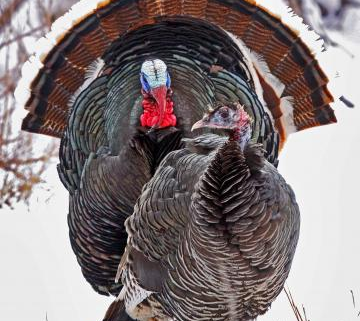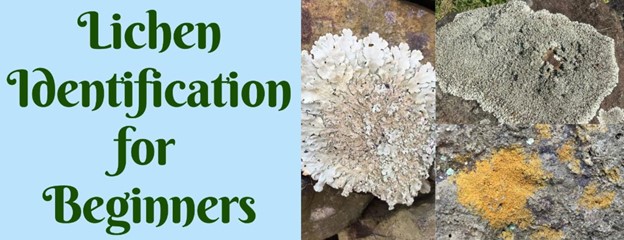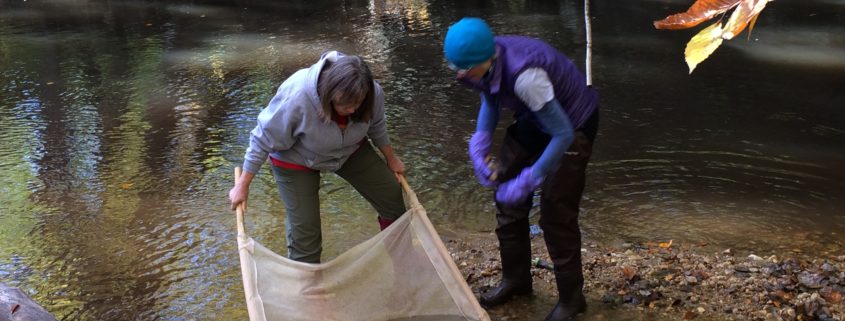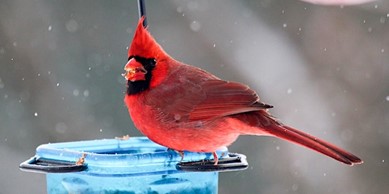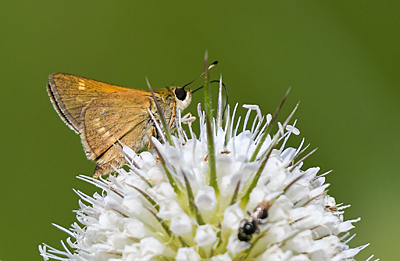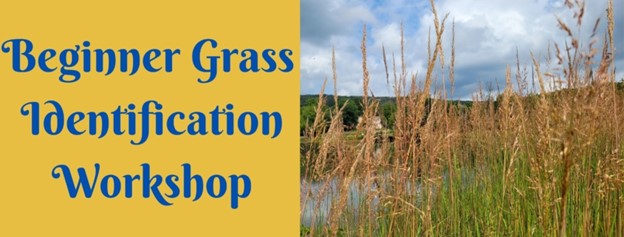Richmond Virginia Environmental Film Festival Contest, deadline January 15, 2023
The 13th annual Richmond Virginia Environmental Film Festival (RVA EFF) is announcing the 2023 Virginia Environmental Film Contest. Experienced filmmakers or those who want to give it a try for the first time are welcome!
The contest is open to Virginia filmmakers submitting films on environmental topics focusing on Virginia. A juried panel will select the winning films and announce them on February 15, 2023 on the website, RVAEFF.org and through a press release. Prize money will be awarded to the filmmakers as follows:
$800 + Laurel Logo – First Place
$100 + Laurel Logo – Best Teen Submission (13-18)
$100 + Laurel Logo – Best “Environmental Call to Action”
Last year’s film winners include Headwaters Down, Breathing Life back into Richmond, Canaries in the Coal Mine, and Girl. For more information on these winners and other honorable mentions, go to the film contest page at RVAEFF.org
“With approximately 1,600 people attending last year’s virtual festival, we know what the power of these films can do to inspire positive changes in ourselves and our communities.”
-Scott Burger, a founding organizer of the festival
All films are to be submitted November 16 through January 15, 2023 through FilmFreeway, a website where filmmakers submit their films to hundreds of film festivals. Filmmakers will find full details regarding contest rules and deadlines and how to submit their film at: filmfreeway.com/RVAenvironmentalfilmfestival. Selected winners will be shown on Sunday, March 18, 2023 (tentative) at The Byrd Theatre.
Admission to the festival is free and open to the public due to generous community sponsors. More information on the festival can be found at RVAEFF.org
For questions specific to the Film Contest, email: rvaenvfilmfest@gmail.com
Our mailing address is:
RVA Environmental Film Festival
5314 Dorchester Rd
Richmond, Virginia 23225






